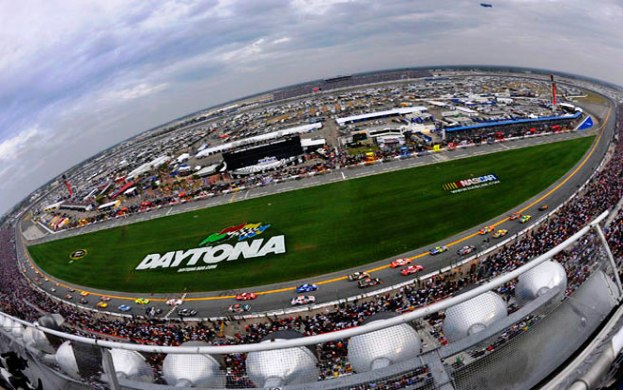NASCAR racing is said to be the most popular spectator sport in the U.S. It all started in 1936, when Daytona Beach mechanic Bill France entered a local stock-car race on the beach. Two years later, when nobody else wanted to promote a follow-up, he took the reins. In 1947, when racing resumed after the war, France organized the National Association for Stock Car Auto Racing, then opened the Daytona International Speedway in 1959 on a 480-acre property at the southern end of the beach.

The first Daytona 500 ran in February of that year, with a field of 59 cars, a purse of $67,760 (£44,000) and more than 41,000 spectators. Today, it’s the biggest, most prestigious auto race in America, marking the official start of the NASCAR season with 200,000 fans in the stands, another 29 million watching on television and a total purse of almost $14 million (£9 million). The two-week period before the big event, known as Speedweeks, attracts thousands for half a dozen races (including Daytona 500 qualifying rounds) and race-related events.
The big race aside, Daytona has become a mecca for nearly all aspects of motorsport, hosting eight different race weekends annually. In early March, motorcycle enthusiasts gather for Bike Week, a ten-day festival of road racing, supercross, dirt track racing, road rallies, demo rides, auctions, exhibitions and bike shows, all leading up to the Daytona 200, the most important two-wheeled race in the U.S. and held annually since 1937. In late December, go-kart enthusiasts flood in for Daytona Kartweek.
In 1996, the Daytona 500 Experience, ‘the Official Attraction of NASCAR’ opened at Daytona International, with motion simulator rides, IMAX films, museum displays and behind-the-scenes tours. For the ultimate, the Richard Petty Driving Experience lets guests slip behind the wheel or ride as a passenger on the Daytona International track.
